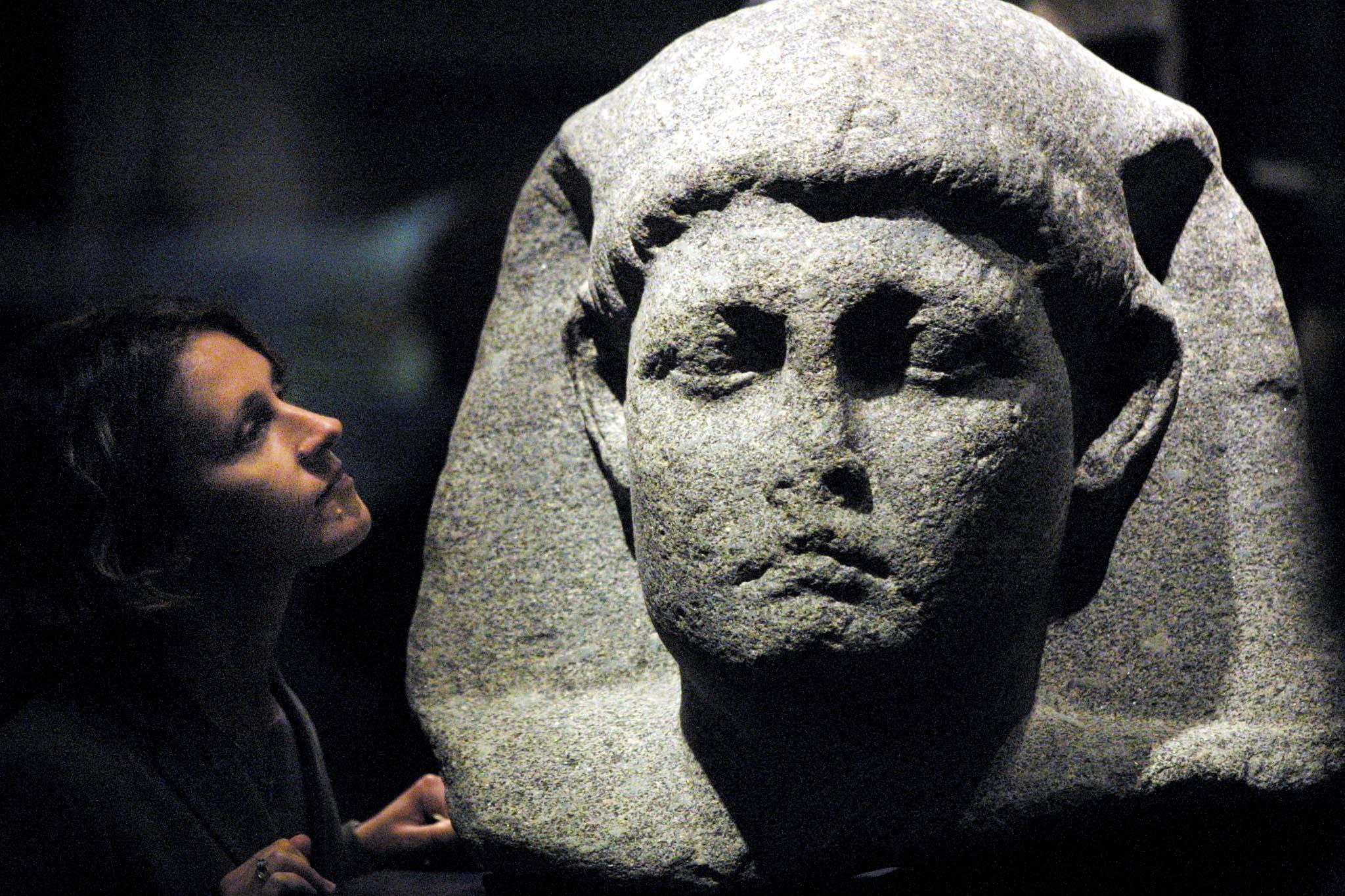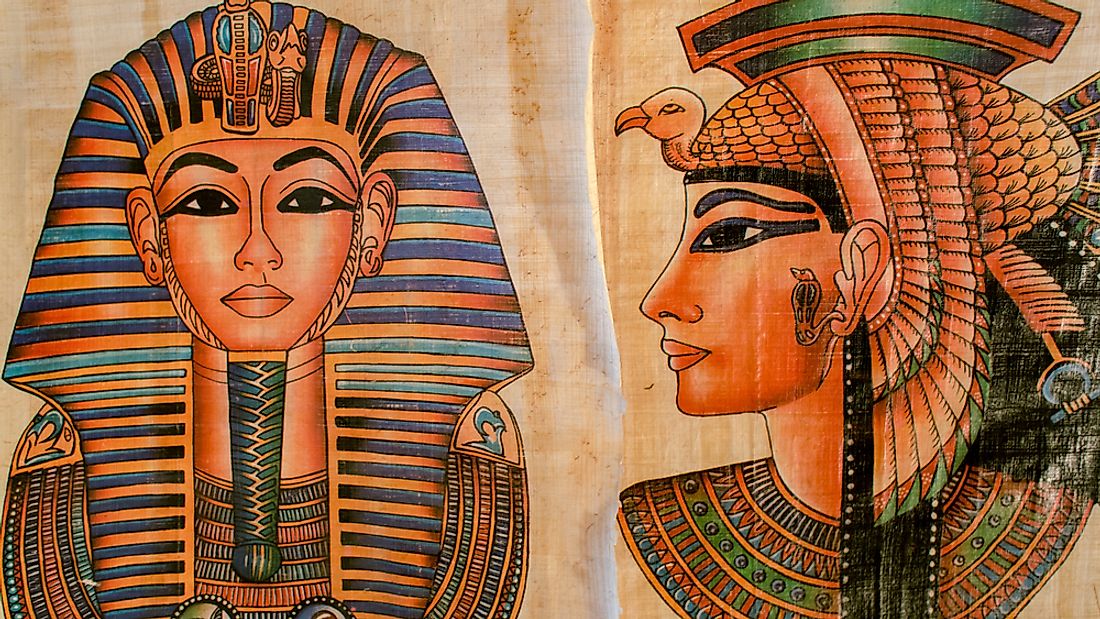One Of The Best Tips About How Did Cleopatra Remove Body Hair Libra Woman Hairstyles

From then to the 1930s, gillette and dozens of other hair removal companies used the changes in women's clothing fashions as justification for the sudden need to remove underarm hair, and later leg hair.
How did cleopatra remove body hair. Apocryphal texts say that he suffered an intense alopecia that forced him to wear a wig, regardless of fashion. The legendary pharaoh is known for using her political savvy and considerable charm to gain power. The first wax strips hit the market and raquel welch's portrayal of a gleaming cavewoman in a deerskin bikini sent many women running to remove hair from almost everywhere.
Cleopatra may have sloughed off her regal fringe using a sugar mixture, which would then be ripped off with strips of cloth in a practice not all that different from. The wealthy used flint razors, tweezers, stones, and creams to remove unwanted hair, including pubic hair. But how did this image of cleopatra come to be?
That probably means some if not many western women, or at least middle/upper class women, sought to remove body hair. With time, it was reduced to aesthetics, which served as a foundation for the oppressive and gendered notions of feminine hairlessness. Women of ancient egypt removed all of their body hair, including that on their heads, with tweezers (made from seashells), pumice stones, or early beeswax and sugar based waxes.
Relief of cleopatra as a goddess, c. Millions of women spend hours a day shaving, trimming, plucking, waxing and lasering their hair to maintain a certain ‘acceptable’ level of body hair. Egyptian men and women alike remove much of their body hair, including their muffs, by scraping it off using sharp pumice stones, flint, and early forms of hair removal cream.
A look at the complicated story behind the hair below our heads, from the first brazilian wax salon to women who wore their body hair proudly. Hair braided and pulled off the face into a tight bun wound at the nape of the. Before the production code reined in sexual suggestiveness, a scantily clad claudette colbert caused a sensation in cecil b.
Body sugaring is a natural (have you noticed a trend yet?) method to remove hair. Daughter of king ptolemy xii auletes, cleopatra was destined to become the last queen of the macedonian dynasty that ruled egypt between the death of alexander the great in 323 bce and its annexation by rome in 30 bce. She ruled egypt and seduced the romans.
This method is less painful than waxing with the added benefits of exfoliation and the elimination of skin. Like the egyptians, the roman empire identified their classes by lack of body hair. Removing unwanted hair with a mixture of sugar, lemon, and water was a popular technique in ancient egypt, and is still commonly practised today.
Salts soften your skin, boost circulation, relax the muscles, and absorb the energizing minerals often lacking in our bodies. Smearing the raw aloe vera gel on her skin kept her skin hydrated with the high amount of fatty acids. The message was distributed primarily and heavily through the newly born, popular and influential women's magazines.
There was shaving and tweezing, of course, but there were also more dangerous methods. It was also common for egyptian women to have all body hair removed, including pubic hair, which they considered to be a source of dirt and a source of infection. (egyptians believed body hair was unclean, and, frankly, uncivilized.) in fact, she wore elaborate wigs made by slaves.
It is without a doubt fascinating to understand and know that hair removal has a place in world history, though it begs the question about today’s hair removal practices and expectations,. Artistic renderings of cleopatra mirror what would have been desirable for women in different eras of history. Body hair removal emerged as a survival tactic many millennia ago.






















